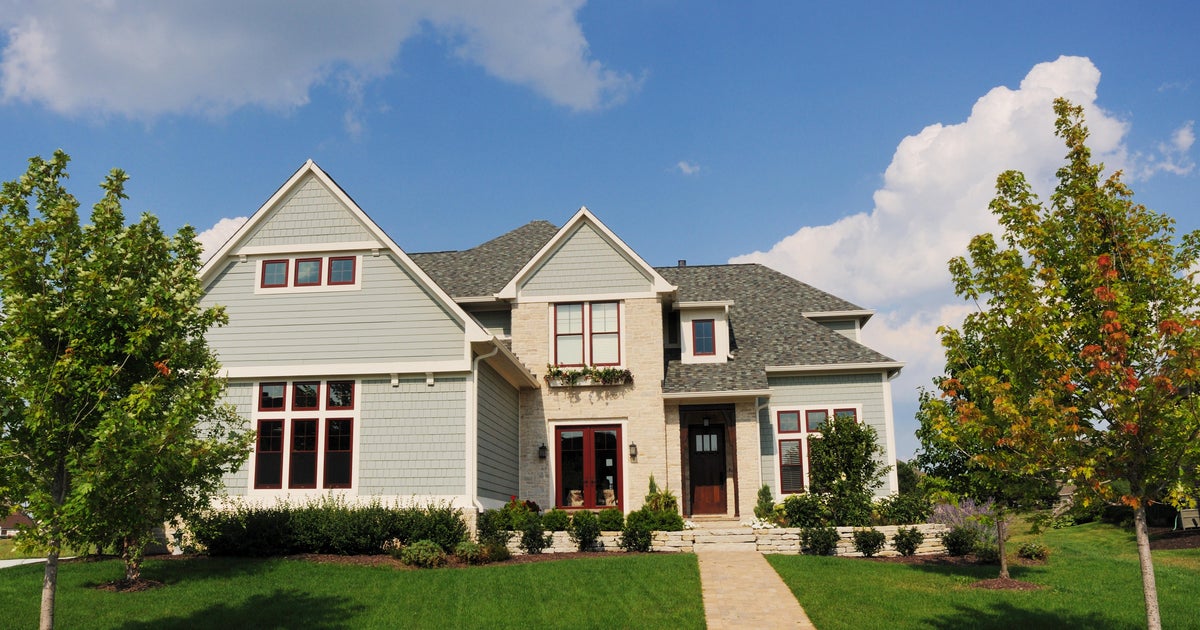Coronavirus: How Texas' digital divide hampers healthcare
In the fight against COVID-19, the state of Texas is at a digital disadvantage.
Around the country, doctors are increasingly turning to telehealth in an effort protect healthcare workers from the coronavirus and to limit the exposure of high-risk patients. By seeing their patients through a video appointment, physicians can continue delivering care, both to those with and without COVID-19.
But telehealth depends on a fast, reliable internet connection, and more than 2 million Texas households don't have high-speed internet. The Lone Star State also holds the top two spots on a list of the nation's worst connected cities.
This lack of dependable broadband service has particularly serious implications in rural areas that lack easy access to healthcare. According to the Texas Rural Health Association, 64 Texas counties lack a hospital, and 25 counties do not even have a primary-care physician. For these Texans who don't have convenient in-person access to a doctor, telehealth could function as a stopgap.
But just as the state's vast rural areas are underserved by medical care, they also lack technology. As of 2016, only 69 percent of rural Texans could access high-speed internet, according to the state comptroller.
"I have patients who have no internet, no computer, no smartphone, or they have unreliable internet," said Elizabeth Ellis, a nurse practitioner in Bedias, a small city an hour and a half northwest of Houston. Owning the only medical clinic in town, Ellis is Bedias's sole medical provider.
Because she cannot depend on video appointments with her patients, Ellis often must visit her patients in person. If COVID-19 becomes an issue in Bedias, she wonders how she will manage.
"I'm going to be overwhelmed," she said.
Ellis won't be the only health provider in Texas feeling overextended if Texas starts to see more coronavirus cases. Dr. Leighann Falcon is one of 10 full-time physicians at Memorial Medical Center in Calhoun County, a hospital that serves 26,000 on the Gulf Coast. Before the pandemic, the hospital was already operating in the red. Because the county has a very large uninsured population, Falcon estimates the hospital was already providing about $6 million worth of uncompensated medical care every year.
Preparations for the coronavirus pandemic has hit their budget further—especially in trying to stock up on personal protective equipment like masks and gloves.
"Like everywhere else in the country, we don't have enough personal protective equipment," Falcon said. "We're worried about that. We're reusing what we have and trying to ration it as reasonably as possible."
Falcon said smaller hospitals like Memorial don't need—and can't afford—a large order of items like N95 masks, so regular suppliers are not prioritizing their request. Now, with only 20 masks left, Falcon and her team are scrambling to find more.
"Right now, the best plan of attack is just to minimize the number of physicians seeing these patients and utilizing the equipment so we use as little as possible," she said.
As nurse practitioner Ellis drives around Bedias to treat patients, she knows one way to conserve PPE is to treat low-risk patients through telehealth.
On Friday, the Department of Health and Human Services announced it will begin distributing $10 billion to rural health care providers. When asked how the government could help to lower barriers to care, Ellis pointed to technology.
"I think high-speed internet," she responded, "and providing me telehealth."
The video above was produced by Brit McCandless Farmer and Will Croxton. It was edited by Will Croxton.



